- Injections: trigger point and steroid injections help with neck pain. The analgesic and antiinflammatory effects help with patient recovery.
- Radiofrequency ablation is a modality that has emerged for long term treatment of axial neck pain. This denervates the joint, resulting in less pain transmission.
- Disk procedures function to remove the bulge or extruding portion of a disk from compressing nerves or the spinal cord.
Latest Updates
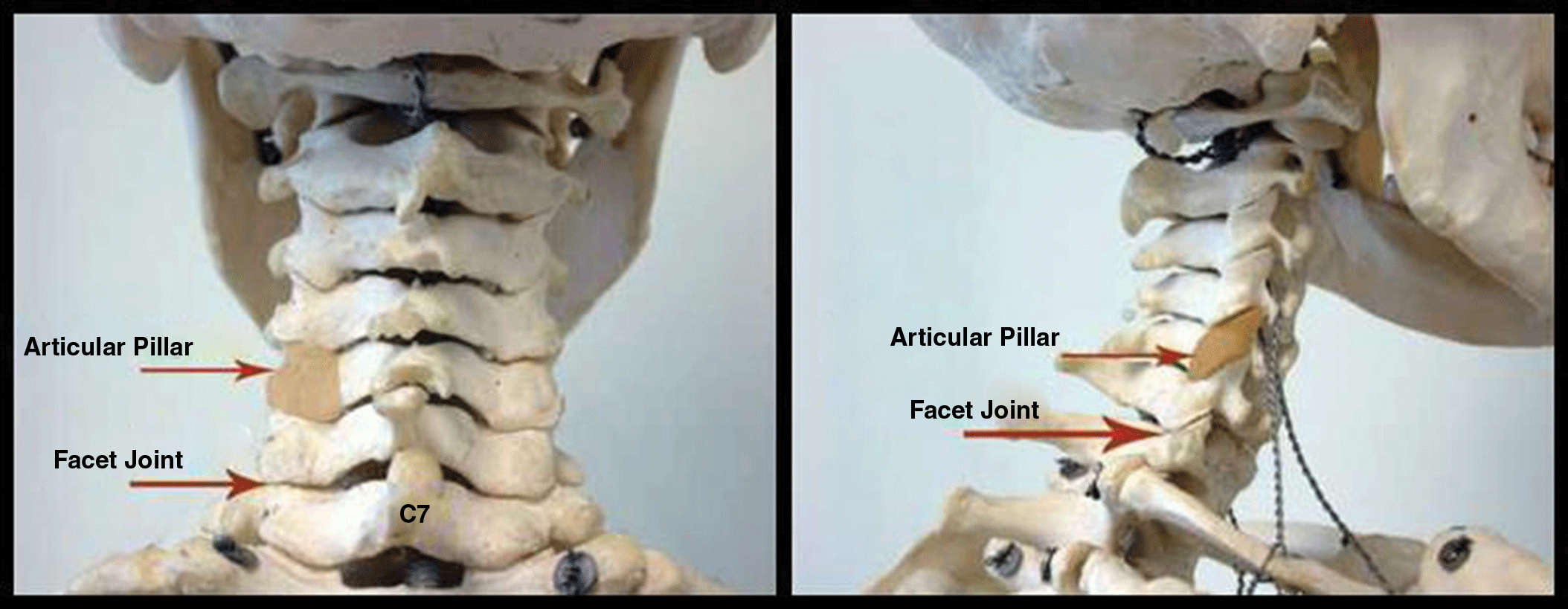
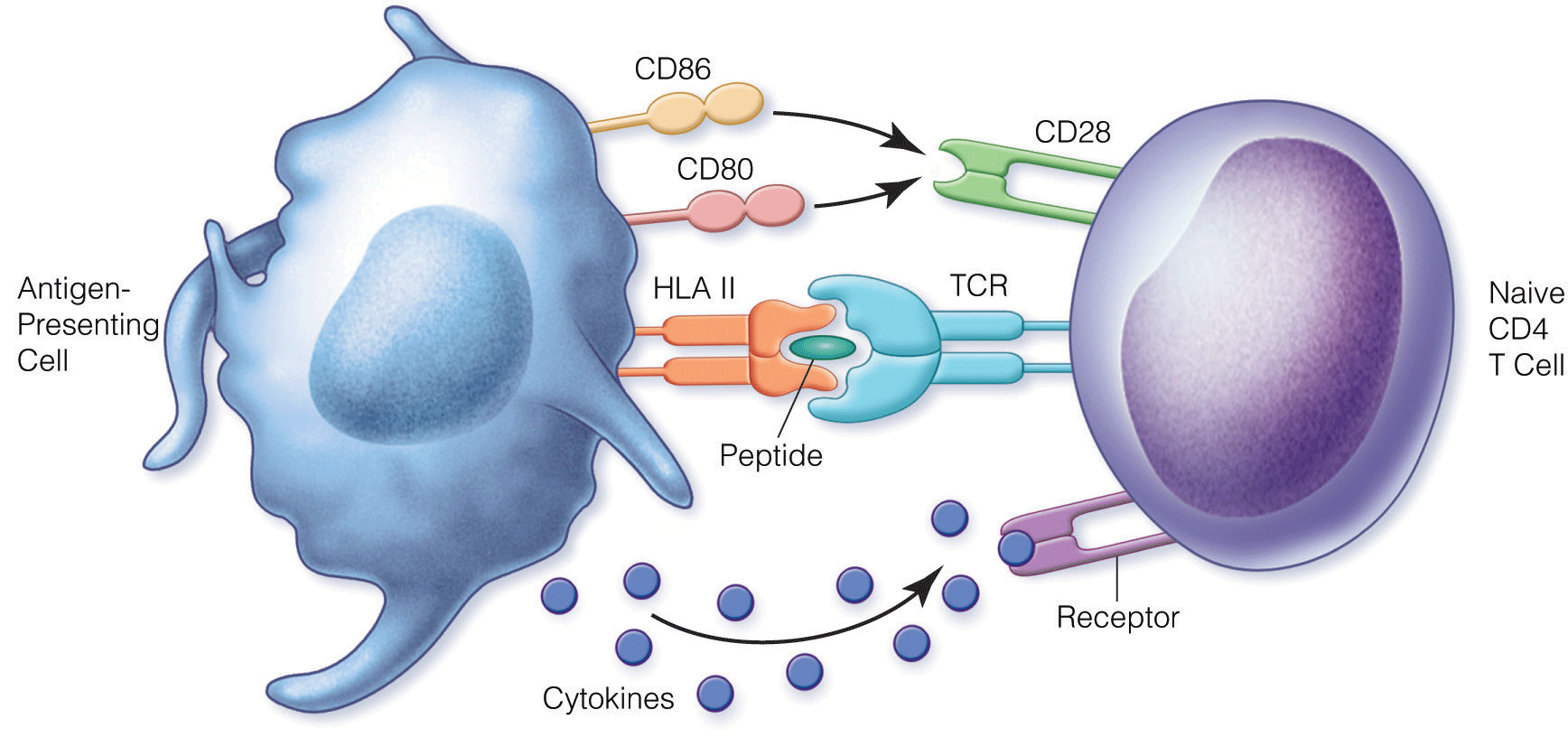
- Elucidation of HLA classes and their role in the complex (with mHAgs, etc) mechanisms of graft rejection have posited different approaches for immunosuppression to maintain graft survival in a recipient.
- Multiple agent approach for complex immunomodulation of recipient immune system, including agents cyclosporine, tacrolimus, belatacept, basiliximab, sirolimus, everolimus, MPA, and alemtuxumab.
- Detailed 2017 Renal Association guidelines delineate strategies, first-line and second-line choices for induction and maintenance immunosuppressive therapies in kidney transplant recipients. Furthermore, this guideline details the approach to management of rejection [see Table 13].

Psychopharmacology for Eating Disorder
- Antidepressants, such as selective serotonin reuptake inhibitors (SSRIs), are recommended as initial pharmacotherapy by most guidelines for the treatment of Bulimia Nervosa (BN) and Binge Eating Disorder (BED)
- Topiramate has positive outcome and efficacy data in the treatment of BN and BED, and lisdexamfetamine is FDA approved in the treatment of BED
- Olanzapine is recommended as adjunctive treatment for patients with anorexia nervosa (AN) who do not restore healthy body weight with nutritional rehabilitation plus psychotherapy.
- SSRIs may be used to treat co-morbid depression and anxiety in patients with AN once a healthy body weight is restored.
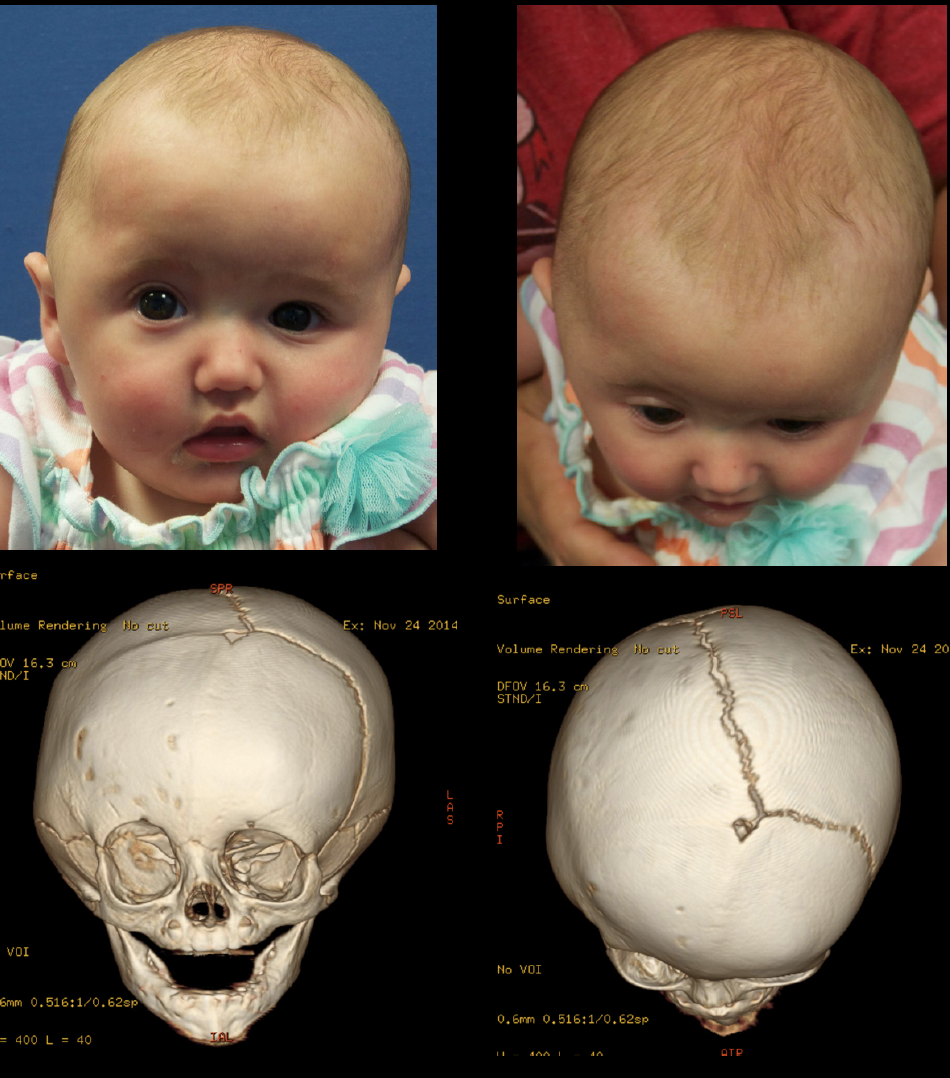
Craniosynostosis Part I: Pathophysiology and Patient Evaluation
- Although craniosynostosis pathophysiology has controversy, the primary suture fusion model best accounts for the cranial variables (calvarial thickness at the affected suture, cranial base length, brain volume, CSF volume, ICP) observed in early and late craniosynostosis.
- Muenke syndrome was described in the late 1990’s as another FGFR3 syndromic craniosynostosis with sexual dimorphism and variable expression.
- In addition to fundoscopic exam, non-invasive assessment of intracranial pressure can be performed with visual evoked potentials or transcranial ultrasound. CT and MRI can also be used for further assessment but are at higher costs and often require sedation.
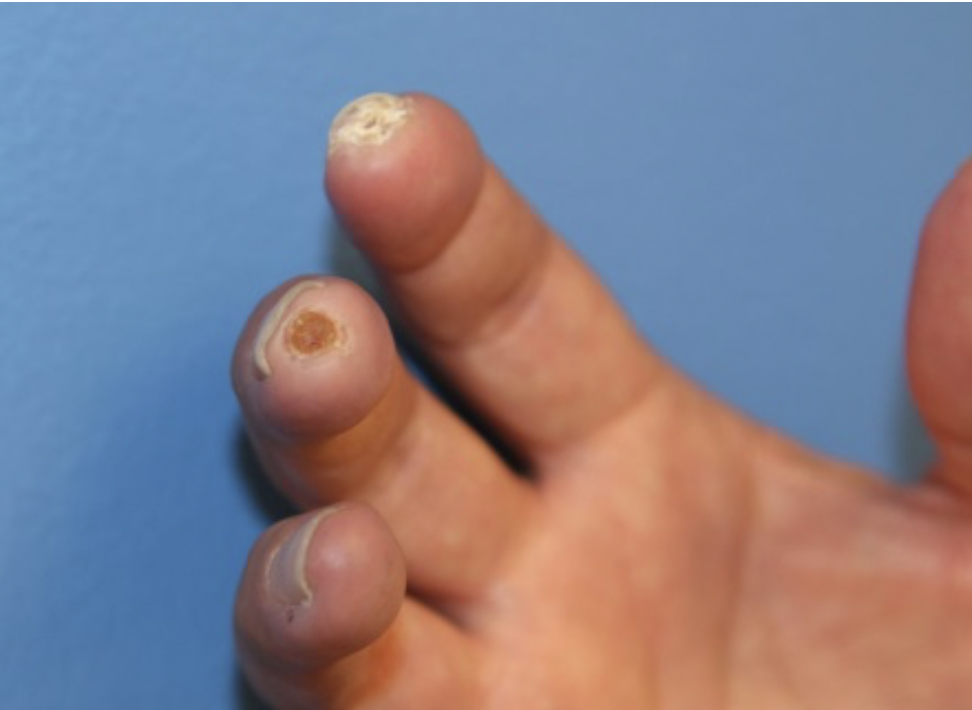
Wounds in Patients with Cancer
- Chemotherapy is traditionally regarded as negatively impacting wound healing; however, recent data has not supported that credo
- Radiation therapy is deleterious to wound healing; brachytherapy minimizes the typical adverse effects of radiation on surrounding tissues
- New evidence supports limb salvage surgery as the treatment of choice for most patients with soft tissue sarcoma
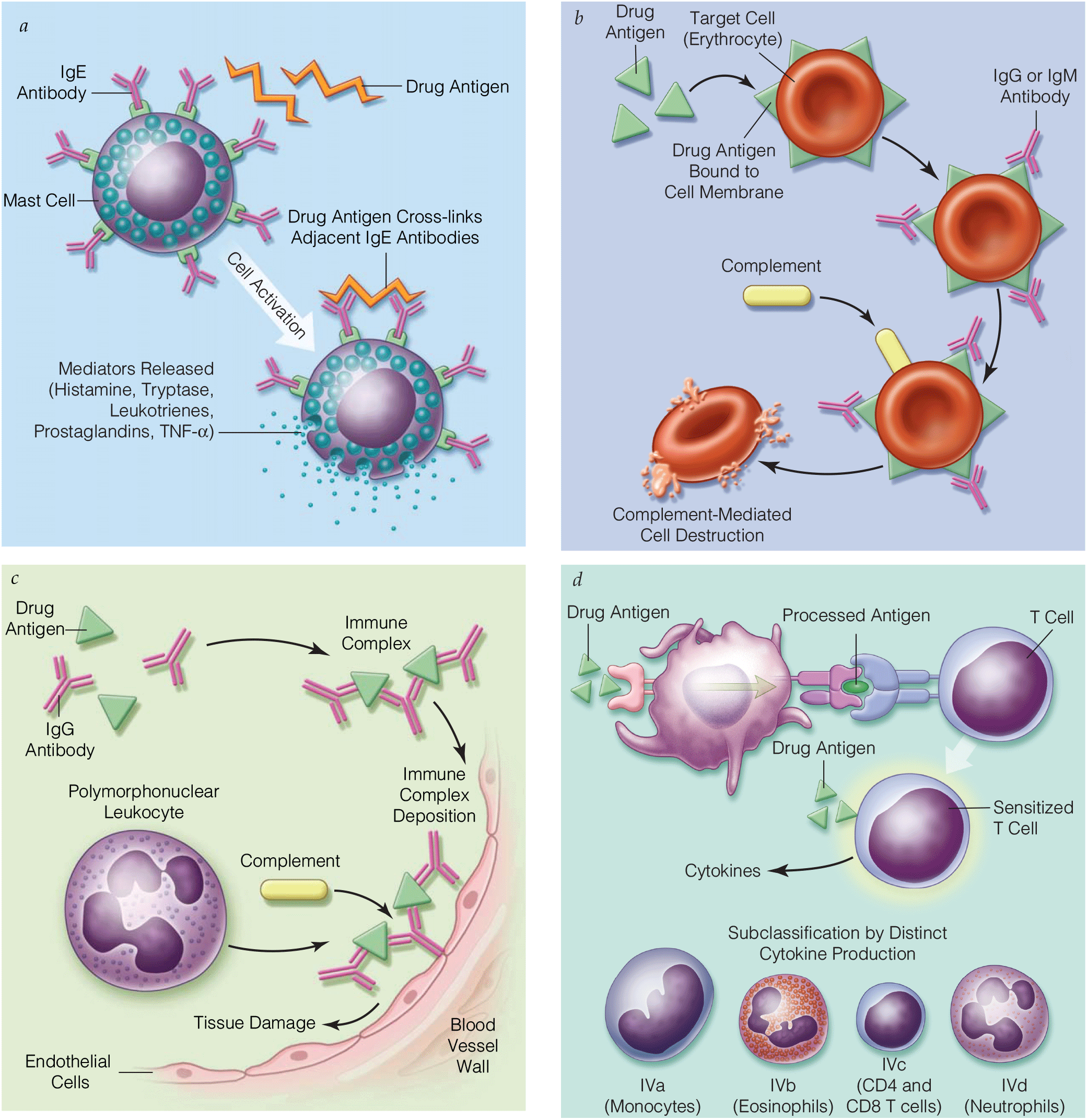
- Guideline for the diagnosis of drug hypersensitivity reactions 2015 S2K-Guideline of the German Society for Allergology and Clinical Immunology (DGAKI) and the German Dermatological Society (DDG)
- Some immunologic and clinical studies suggest that type-IV (T cell-mediated) and type-I (IgE-mediated) pathogenic mechanisms help in nonmediated and mediated reactions.

- Elucidation of HLA classes and their role in the complex (with mHAgs, etc) mechanisms of graft rejection have posited different approaches for immunosuppression to maintain graft survival in a recipient.
- Multiple agent approach for complex immunomodulation of recipient immune system, including agents cyclosporine, tacrolimus, belatacept, basiliximab, sirolimus, everolimus, MPA, and alemtuxumab.
- Detailed 2017 Renal Association guidelines delineate strategies, first-line and second-line choices for induction and maintenance immunosuppressive therapies in kidney transplant recipients. Furthermore, this guideline details the approach to management of rejection [see Table 13].

- Injections: trigger point and steroid injections help with neck pain. The analgesic and antiinflammatory effects help with patient recovery.
- Radiofrequency ablation is a modality that has emerged for long term treatment of axial neck pain. This denervates the joint, resulting in less pain transmission.
- Disk procedures function to remove the bulge or extruding portion of a disk from compressing nerves or the spinal cord.


.png)







